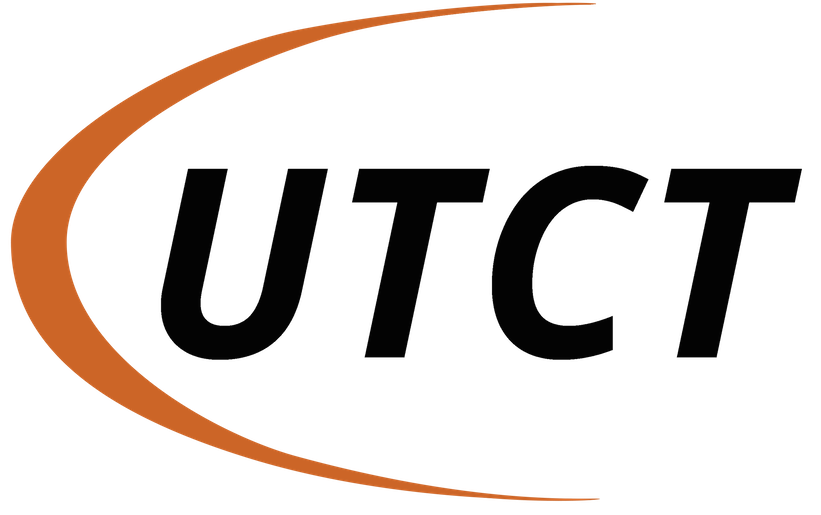“Tomos” is the Greek word for “cut” or “section”, and tomography is a technique for digitally cutting a specimen open using X-rays to reveal its interior details. A CT image is typically called a slice, as it corresponds to a slice from a loaf of bread. This analogy is apt, because just as a slice of bread has a thickness, a CT slice corresponds to a certain thickness of the object being scanned. Therefore, whereas a typical digital image is composed of pixels (picture elements), a CT slice image is composed of voxels (volume elements).
The gray levels in a CT slice correspond to X-ray attenuation, which reflects the proportion of X-rays scattered or absorbed as they pass through each voxel. X-ray attenuation is primarily a function of X-ray energy and the density and atomic number of the material being imaged. A CT image is created by directing X-rays through the slice plane from multiple orientations and measuring their resultant decrease in intensity. A specialized algorithm is then used to reconstruct the distribution of X-ray attenuation in the slice plane. By acquiring a stacked, contiguous series of CT images, data describing an entire volume can be obtained, in much the same way as a loaf of bread can be reconstructed by stacking all of its slices.
First developed for widespread use in medicine for the imaging of soft tissue and bone, X-ray CT was subsequently extended and adapted to a wide variety of industrial tasks. These latter developments, which demanded imagery of denser objects across a range of size classes and resolution requirements, provided key advances that greatly enhanced the potential for application of this technology to geological investigations.
To maximize their effectiveness in differentiating tissues while minimizing patient exposure, medical CT systems need to use a limited dose of relatively low-energy X-rays (<140 keV). They must also acquire their data rapidly because the patient should not move during scanning. To obtain the best data possible given these requirements, they use relatively large (mm-scale), high-efficiency detectors, and X-ray sources with a high output, requiring relatively large (mm-scale) focal spots.
Because industrial CT systems image only non-living objects, they can be designed to take advantage of the fact that the items being studied don’t move and aren’t harmed by X-rays. They employ the following optimizations: (1) Use of higher-energy X-rays, which are more effective at penetrating dense materials; (2) Use of smaller X-ray focal spots, providing increased resolution at a cost in X-ray output; (3) Use of finer, more densely packed X-ray detectors, which also increases resolution at a cost in detection efficiency; (4) Use of longer exposure times, increasing the signal-to-noise ratio to compensate for the loss in signal from the diminished output and efficiency of the source and detectors.
